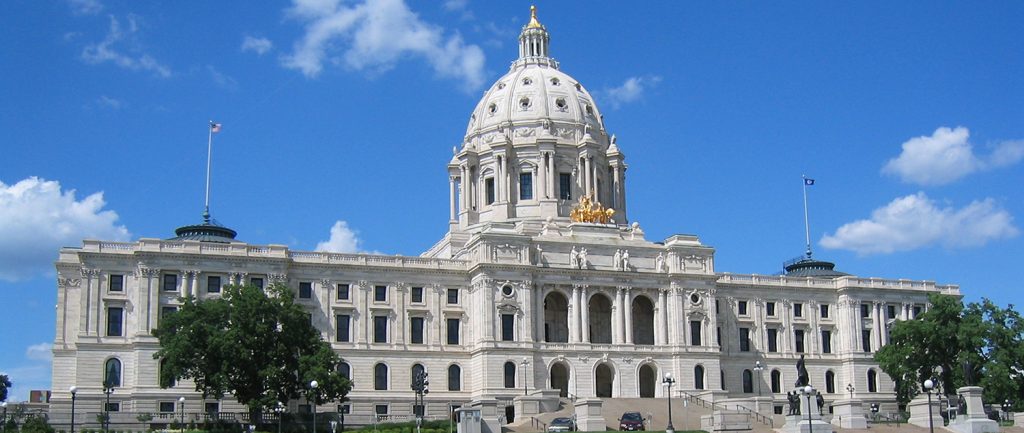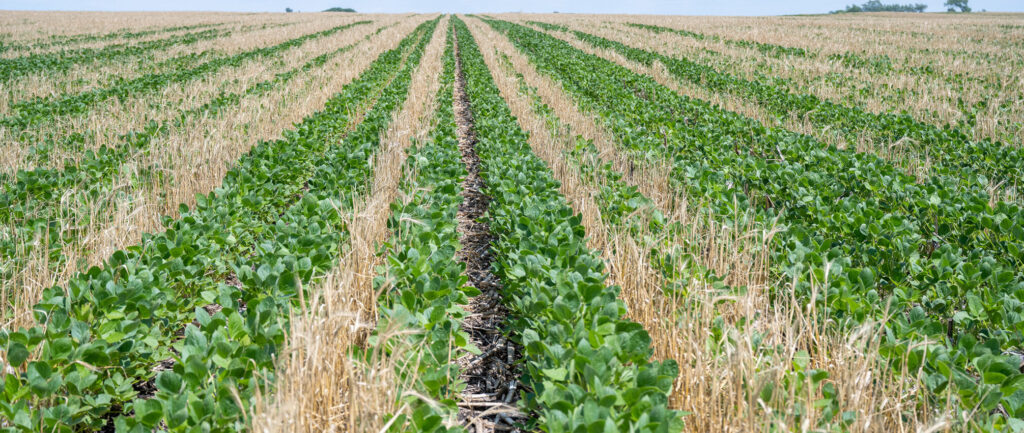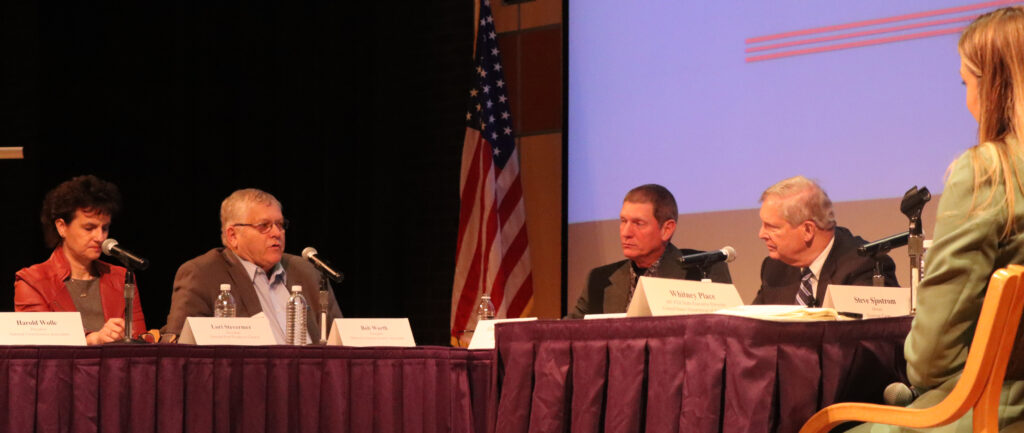Pesticide applicators are reminded of restrictions for the herbicide
The Minnesota Department of Agriculture (MDA) has denied the Minnesota Soybean Growers Association’s formal request for a seven-day extension of the June 20 dicamba application cutoff date.
MSGA’s farmer-led Drift Task Force sent the letter to MDA on Friday, June 7, asking for an extension for dicamba-tolerant soybeans in Minnesota counties with less than 50 percent of the soybean acreage planted by June 10, 2019.
“Soybean farmers are under more pressure than ever before,” Drift Task Force Chair Bob Worth and MSGA President Michael Petefish wrote in a joint request last week to MDA Commissioner Thom Petersen. “Delayed planting this year has significantly compressed the window for successful weed control, and should require re-evaluation of the dicamba cutoff date.”
The 2019 Minnesota restriction is in addition to those established by the U.S. Environmental Protection Agency (EPA). The affected formulations are XtendiMax by Monsanto, Engenia by BASF, FeXapan by DuPont, and Tavium by Syngenta.
“We understand that late planting this season has caused concern for growers who want to use this crop management tool,” said MDA Commissioner Thom Petersen. “However, delaying applications in an attempt to control later emerging weeds can result in poor control and presents other risks. If you are one of the growers that has invested in dicamba technology, now is the time to use it because late planting combined with pre-plant tillage can offer advantages for weed control, according to University of Minnesota Extension.”
MDA reported the the June 20, 2019, cutoff date is based on the department’s ongoing investigations and informal surveys into reports of crop damage from alleged dicamba off-target movement over the past two growing seasons. In 2017, the MDA received 253 reports of alleged dicamba drift; 55 of those were formal complaints requesting investigations. Those reports impacted an estimated 265,000 acres. After state restrictions were put in place for the 2018 growing season, the number of complaints dropped dramatically to 53 reports, of which 29 were formal complaints. Just over 1,800 acres were impacted in 2018.
This year’s cut-off date was first announced on December 10, 2018. Over the winter, approximately 5,800 pesticide applicators attended trainings across the state as required by the product labels.
Dicamba is most effective early in the growing season. Product labels recommend application on small broadleaf weeds that are up to 4 inches tall.
To manage weeds after June 20, herbicides from Group 9 (Glyphosate), Group 2 (Pursuit, Classic, FirstRate), and Group 14 (Flexstar, Cobra, Cadet, Ultra Blazer) can be used. If you have herbicide resistant weeds such as waterhemp, follow University of Minnesota Extension recommendations on layering of residual herbicides such as Dual, Outlook, Warrant, and Valor.
In Minnesota, the XtendiMax, Engenia, FeXapan, and Tavium formulations of dicamba are “Restricted Use Pesticides” for retail sale to, and for use only by, certified applicators.
“While we are disappointed in MDA’s ruling, we respect Commissioner Petersen’s willingness to consider our request,” says MSGA Executive Director Joe Smentek. “We know he heard from a number of competing voices, and this was not an easy decision to make.”




